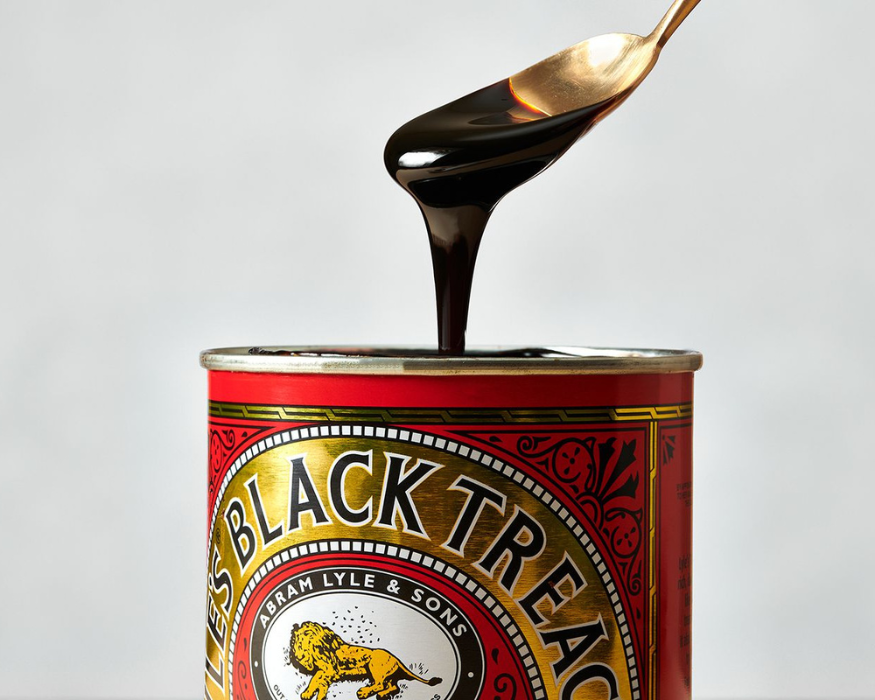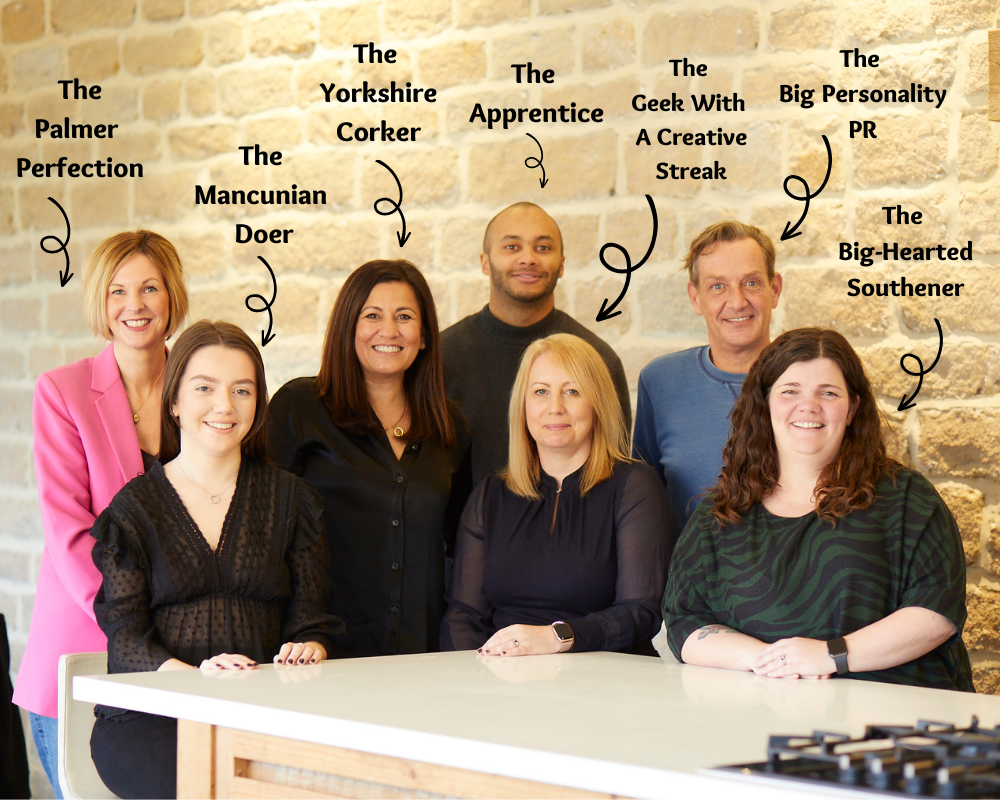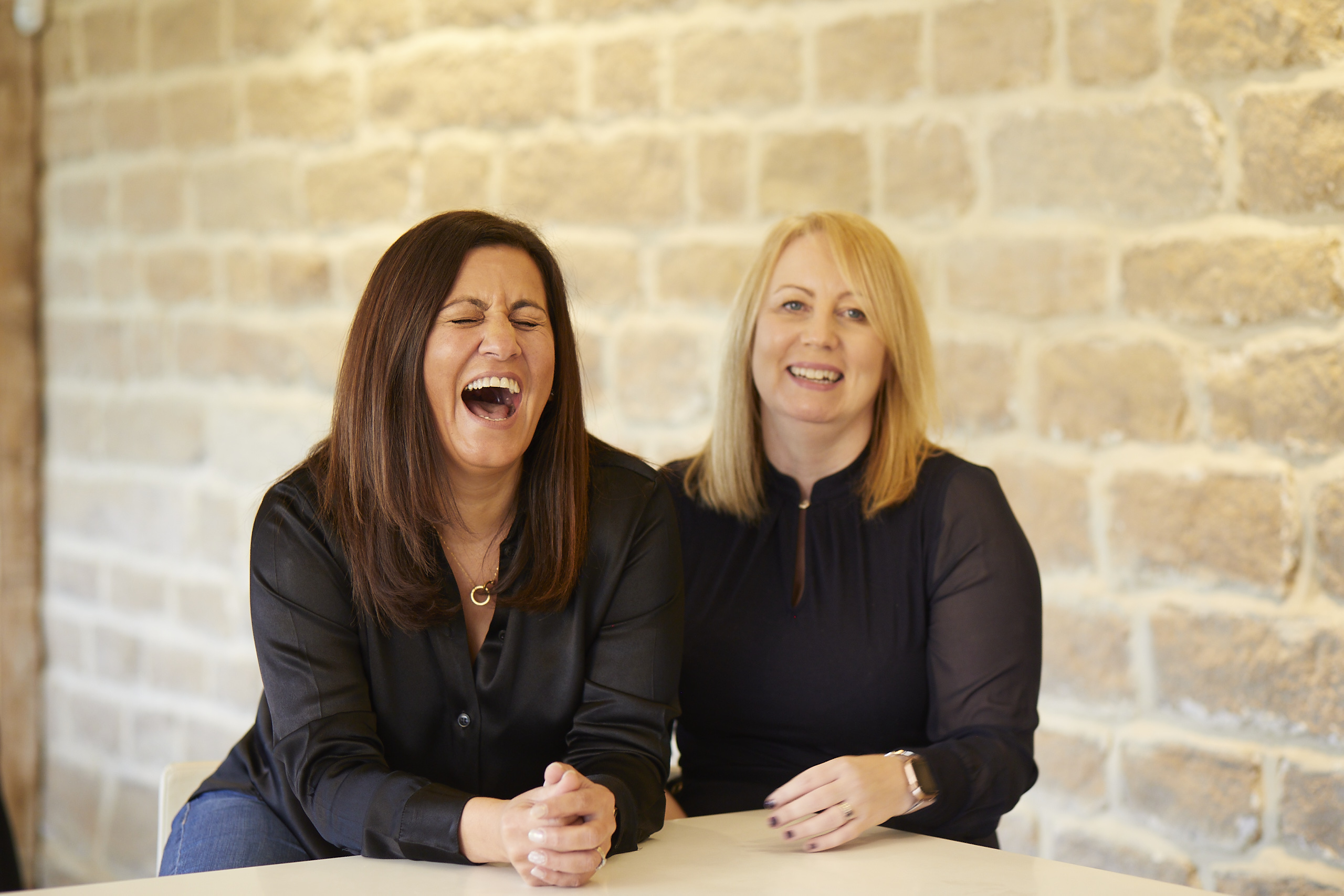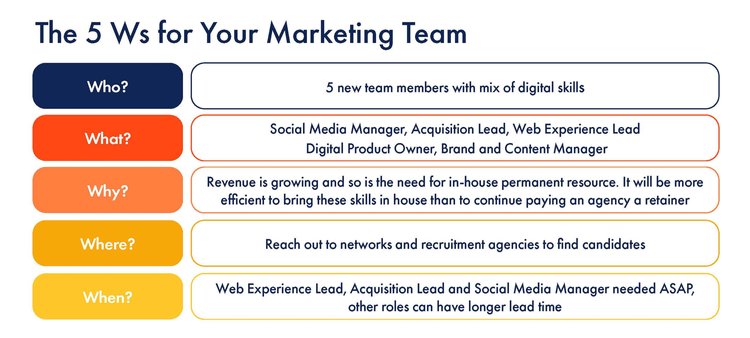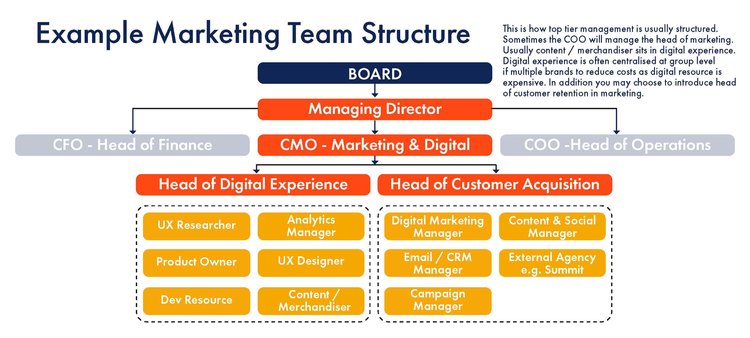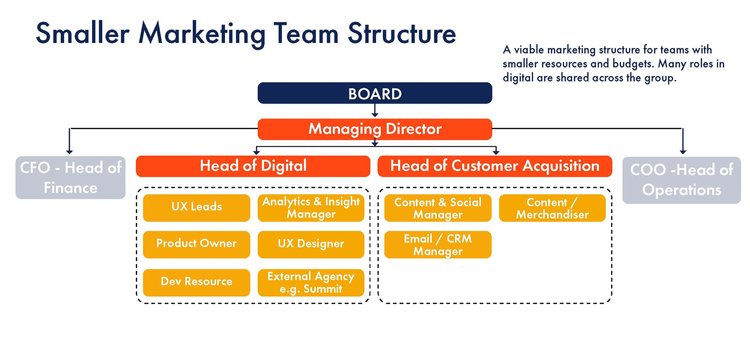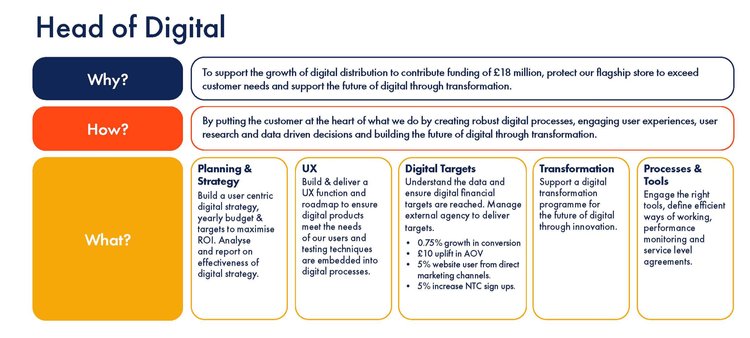What are the most successful companies that you can think of? Nike, Apple, McDonalds, IKEA? And I bet that when you think of them you can visualize them instantly. That is thanks to branding. Impactful, effective and with cut-through; it’s what many start-ups aim for in the fledgling stage of their businesses.
It’s surprising then, how often the word ‘brand’ is misused. I hear companies referred to as brands; products referred to as brands; logos referred to as brands. But perhaps it shouldn’t be surprising. For a concept that is so widely accepted to be powerful, branding is not a concept that is easily applied.
The most common misunderstanding of ‘brand’ is that it can be used interchangeably with ‘business’. Though indelibly linked the two are not equal and growing either is going to be tough if you don’t understand this. And for a growth strategy to work, you will need to have brand at its very heart.
Defining what ‘brand’ means
Oxford Learner’s Dictionaries defines brand as “a type of product, service, etc. made or offered by a particular company under a particular name.” This definition is not wrong per se, it explains what ‘Hellmans’ or ‘Kelloggs’ is on a base level. But for the purposes of building a brand it’s just too limiting.
A more helpful definition comes from Investopedia, where the stated definition is:
“a business and marketing concept that helps people identify a particular company, product, or individual. Brands are intangible, which means you can’t actually touch or see them. As such, they help shape people’s perceptions of companies, their products, or individuals.”
The key point here is that brands are intangible – they are concepts that help shape perceptions. So, when we work to build a brand, we should have a specific idea of how we want consumers to view the company that is behind it. It’s more about personality and values than products and services, and the great thing is, as the brains behind the business you get to choose what this is. But, it doesn’t happen by accident.
Defining what your brand is
In the classic ‘4 Ps’ marketing framework, we consider price, promotion, place and product. ‘Brand’ hasn’t made the cut, but guess what? It has a spot within every one of those ‘Ps’ and it’s essential that businesses think about it strategically.
The first question to ask is this: what do you want people to think of in that first nanosecond when they see a representative of your brand – whether that be the logo, shop, price or website? This alone is a tough question, so I would recommend starting out by taking these three steps:
1. Define your brand’s core values
2. Decide how you want your brand to make people feel
3. Craft a mission statement that clearly and succinctly communicates your desired brand message
Defining your core values
Every company should have core values that they can communicate and which are clearly represented across all of their communications and activity. LEGO shares its brand values on it’s about us page: https://www.lego.com/en-gb/aboutus/lego-group/the-lego-brand/.
The six stated values (imagination, creativity, fun, learning, caring and quality) are not specifically about their products, but they do invite us to draw inferences about them. For example, “For us quality means the challenge of continuous improvement to provide the best play material.” Here, LEGO touches on the high quality of their product without stating the bloody obvious (our products are of high quality) – they add value by explaining that it’s not enough to be of high quality – their exemplary products will keep getting better because this is what drives them.
Your brand should have 4-6 core values that can do the same for its products and services. It’s not easy to come up with these and it’s certainly not a job for one person. Enlist the help of passionate colleagues and make sure your core values are truly representative, and not just of your ExCo!
Define how you want your brand to make people feel
Now you have decided on your core values, think about how you want your brand to make people feel. Should they be excited, enthused, emboldened, nostalgic, inspired, something else..?
Oatly, the Swedish milk alternative brand follows in the footsteps of brands like innocent who started out with their irreverent and ‘good for the world’ messaging a decade or so ago. Oatly’s mission statement includes the headline “We promise to be a good company.” Their writing style is highly colloquial and always from a ‘we’ perspective. Why? Because they want their customers to feel positive, that they are part of a collective community doing some good for the world and reserving its natural resources. So when you see a carton of Oatly on the shelf you instantly feel like a slightly better person. That’s some high impact branding that ties in neatly with core values around sustainability and health.
Whatever it is that you want your brand to make people feel, it too should feel closely aligned with both your core values and your products. If it has to be explained in an essay, it probably doesn’t work which leads us neatly onto step three…
Craft a brand mission statement that clearly and succinctly communicates your desired brand message
I use the word ‘succinct’ a lot when working on resources for company leaders. That’s because communication is at the very heart of marketing (and indeed, of brand) and nobody ever found a 5-page summary easy to understand. To communicate key messages well, you must be able to do it succinctly.
“To connect the world’s professionals to make them more productive and successful” is Linkedin’s 12-word mission statement. Short, simple and to-the-point. Within that message lies the preferred feeling to be evoked by the Linkedin brand: to feel productive and successful. Their core values? They’re all about connecting people.
Fenty, Rihanna’s beauty brand, keeps it even shorter: “Beauty for all.” In just three words the brand has covered inclusion, beauty and feeling good. IKEA has another good example: “To create a better everyday life for the many people.” Not an assembly-related word in sight, not even a room or a house. You don’t need to talk about your product in your mission statement, so much as to talk around it. Be warned, this is much harder than it sounds.
What now?
With your brand’s core values, associated feelings and mission statement in place, it’s time to place your brand at the very heart of all that you do. The visual elements, the copy, the locations, investors, social media and product lines all need to span out from your clearly-defined brand.
Oatly’s success is widely attributed to the appointment of CEO Toni Peterson in 2012. Peterson was said to live the brand and he worked closely with the Creative Director, John Schoolcraft to relaunch. This isn’t to say that you need to appoint a new CEO, but it does point to the value of keeping brand at the core of all company activity – not just that of the marketing team.
It’s also important to check that your messaging works – speak to customers, focus groups, indeed anyone who can give you an honest and unbiased opinion. Remember that no one from within can ever truly see the brand with fresh eyes. It’s not enough for the board to like the messaging, it needs to translate across product shelves and the digital landscape. Once you know that your brand is having the intended effect, you know you are looking at success.
[Web version only: If you’re looking for help with brand growth or brand-building, get in touch today. We’ll be happy to help!]
Sources/Further Reading
https://blog.hubspot.com/marketing/inspiring-company-mission-statements
https://entrepreneurhandbook.co.uk/how-to-create-a-brand/
https://investors.oatly.com/static-files/bdc042e9-93d4-4af5-92e7-e71849709559
https://thebrandgym.com/the-oatly-brand-growth-story-part-1-driving-distinctiveness-through-the-mix/
